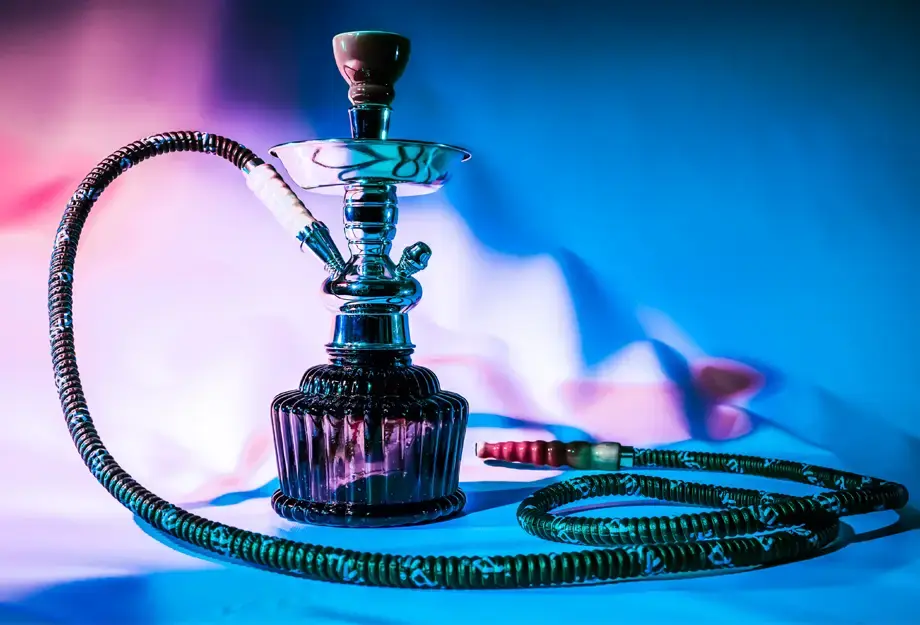
2025-04-24 16:35:28
The History of Hookah
The hookah is believed to have originated in India around the 15th century. Early versions of the device were designed as a water pipe used for smoking tobacco and cannabis. The concept of using water to filter smoke for a smoother experience was revolutionary at the time. The first hookah was reportedly invented by a physician named Hakim Abul Fath, who is said to have created it to provide a healthier alternative to the harshness of smoking raw tobacco directly. His invention incorporated water to cool the smoke, making it easier on the lungs.
Spread to Persia and the Middle East
From India, the hookah spread to Persia (modern-day Iran) around the 16th century. The device gained popularity among the Persian nobility and was quickly adopted as part of the culture. Over time, it became a symbol of wealth and status, often seen in royal courts and gatherings. In Persia, the hookah evolved further with more intricate designs and larger sizes, making it not just a smoking device but a decorative centerpiece.
During this time, the use of flavored tobacco began to emerge. It is believed that the Persians were the first to add flavors like rose, mint, and fruit to the tobacco, enhancing the smoking experience. The practice of smoking hookah spread across the entire Middle East, from Turkey to Egypt, with each region adding its unique touches to the tradition.
The Ottoman Empire and the Golden Age of Hookah
The Ottoman Empire, which spanned across modern-day Turkey, Egypt, and parts of Eastern Europe, played a significant role in the history of hookah. In the 17th and 18th centuries, hookah smoking reached its peak in the Ottoman courts. The design of hookahs became more elaborate, with the use of precious metals and intricate craftsmanship. Artists and artisans created hand-painted ceramic bases, ornately designed mouthpieces, and decorative stems, making hookahs a piece of art as much as a smoking device.
The social ritual of smoking hookah was embraced throughout the Ottoman Empire, becoming an integral part of the social landscape. Coffeehouses, known as qahveh khaneh, became the primary social spaces where people gathered to smoke hookah, engage in conversation, and enjoy entertainment like music and poetry.
Modern Times and Globalization
By the 20th century, the popularity of hookah began to spread beyond the Middle East and South Asia. As globalization took hold, the tradition found its way to Europe and, eventually, the United States. The rise of hookah lounges and cafes, especially in cities with large Middle Eastern and South Asian communities, helped popularize the practice worldwide.
In the 21st century, hookah has become a trendy social activity, particularly among young adults. While some people continue to enjoy hookah as a cultural and social ritual, others see it as a way to relax and unwind with friends. Today, hookah smoking has evolved to include a variety of flavored tobacco blends, including fruity and exotic flavors that appeal to a broader audience. Many people also enjoy it in a modern, contemporary setting, with sleek, stylish hookah designs that reflect the fusion of tradition and modernity.
Health Considerations and Regulations
While hookah smoking has a long history, it is important to acknowledge the health risks associated with it. Like cigarette smoking, inhaling hookah smoke can lead to serious health issues, including lung disease and cancer. Despite the perception that hookah is a safer alternative to smoking cigarettes, research has shown that the toxins in hookah smoke can be just as harmful.
As awareness of these health risks has grown, many countries have introduced regulations and restrictions on the use of hookahs, particularly in public spaces. Some countries have implemented measures to ensure that hookah lounges meet health and safety standards, including mandatory ventilation systems and bans on smoking indoors.